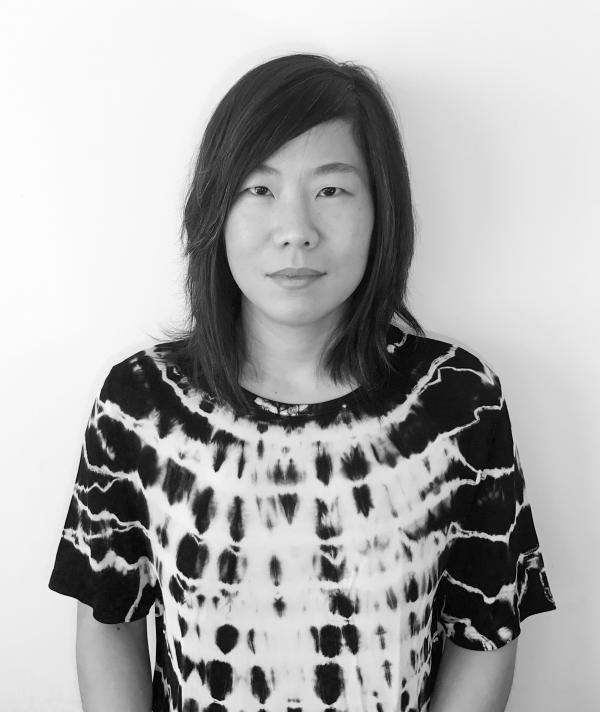Meet our 2020-22 Emerging Scholar Stephanie Choi

The University of Texas at Austin School of Architecture is pleased to welcome Stephanie Choi as our 2020-2022 Emerging Scholar.
Choi is a practicing architect, artist, and writer whose work seeks to expand architectural dialogue through interdisciplinary inquiry and to engage in larger conversations about our social make-up and the world. She is deeply interested in cross-disciplinary collaborations – particularly between the fields of art, literature, science, technology, and architecture – and, through both her research and practice, she is committed to investigating structural inequities. Currently based in Brooklyn, New York, Stephanie will teach a Vertical Design Studio this spring and will teach another design studio and electives based on her research interests over the next two years.
In 2019, Choi launched an architecture and design practice called Daphne with the mission of exploring agency, ambiguity, and hybridity to build spatial justice through changes in the material and immaterial environment. From 2013-2018, she worked at Bjarke Ingels Group as a project leader for diverse international clients including Google (London), Audemars Piguet (Switzerland), and real estate developers Westbank (Canada), and Uribe & Schwarzkopf (Ecuador). Choi has previously completed a 12-month fellowship residency at the Akademie Schloss Solitude in Stuttgart, Germany. There, she mounted two exhibitions – a reconstruction of a temple in the Solitude courtyard and a video and object installation. Choi completed her Masters of Architecture at Princeton University in 2007 and received a Bachelor of Arts in Comparative Literature from Stanford in 2002.
“My approach to an architecture pedagogy privileges a rigorous and inquisitive conceptual method with a desire to interrogate structures of power,” Choi said. “In these genealogical questions, I aim to find new sensibilities, new temporal modes, new forms of representation, relationships, and collectivity, new types of spaces, and new bodily inhabitations. I am excited by the possibilities of engaged exchanges with students and faculty at UTSOA and endeavor to create an open and generous space where we can push the boundaries of our current knowledge.”

